Wild Things: Life as We Know It
Bats’ barotrauma, fallow deer, Tahitian vanilla, lucky dinosaurs
Dinosaurs Lucked Out
Dinosaurs ruled the world for 160 million years because they outcompeted other species, right? Maybe not. A University of Bristol (England) study contends that rival crurotarsans—giant reptiles that were the ancestors of today's crocodiles—had a wider range of body types and were likely adapted to more landscapes than dinosaurs. But crurotarsan ranks were reduced 200 million years ago by climate change that harmed the underdog dinosaurs less, allowing them to take over.
Mystery Deaths Solved
Multitudes of bats die around the world each year when they migrate through electricity-generating wind farms. University of Calgary researchers now say the main cause of death is "barotrauma": the turbines' large revolving blades create low-pressure zones that cause bat lungs suddenly to over-expand, tear and bleed.
Not Such A Birdbrain After All
Add a bird to the short list of animals that recognize themselves in a mirror. Only a few nonhumans have passed that intelligence test, including chimps, elephants and dolphins. Researchers in Germany say European magpies also have self-awareness: two birds were marked with a colored dot, which they ignored until placed in front of a mirror; then they tried to remove it.
Mayan Delicacy
In the same Guatemalan forests where Mayans grew cacao for chocolate more than 500 years ago, they also grew the orchids that produce vanilla. Now genetic research led by the University of California at Riverside suggests it was the Mayans who hybridized two species to make Tahitian vanilla, a variety prized by modern gourmets.
Observed
Name: The fallow deer (Dama dama), a European species, which mates in early fall
Bucks: Fight among themselves and issue repeated calls, known technically as groans, during the rut.
Does: Pick a mate by listening to the males' groans.
Scientists: Have determined what females listen for. Researchers at the University of Zurich found that the acoustical properties of a buck's groan are related less to his size than his social rank—and that does mate with a dominant buck more often. It's the first time auditory discernment of social dominance has been found in animals other than primates.
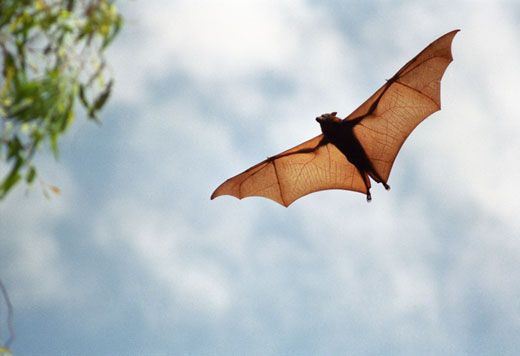
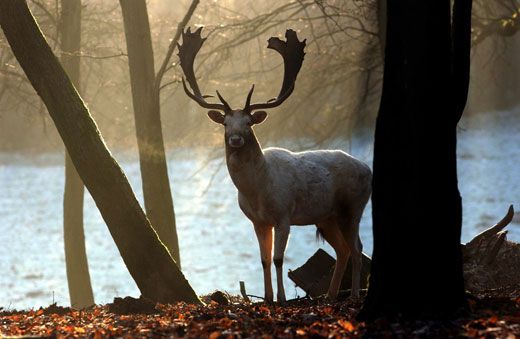
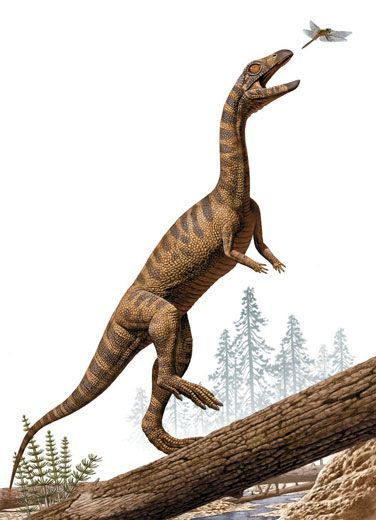
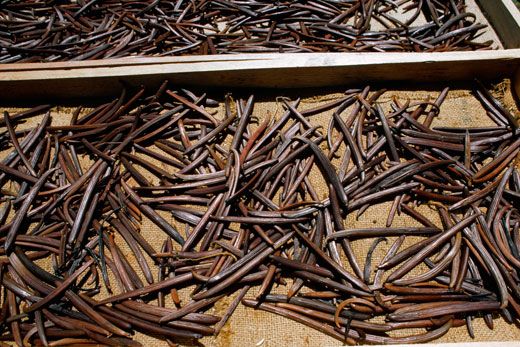
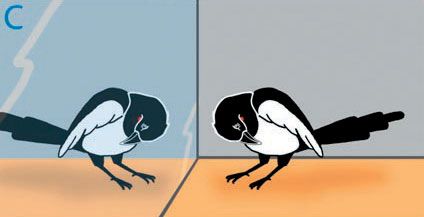
/https://tf-cmsv2-smithsonianmag-media.s3.amazonaws.com/accounts/headshot/megan.png)
/https://tf-cmsv2-smithsonianmag-media.s3.amazonaws.com/accounts/headshot/Sarah-Zielinski-240.jpg)
/https://tf-cmsv2-smithsonianmag-media.s3.amazonaws.com/accounts/headshot/tom-frail-head-shot.jpeg)